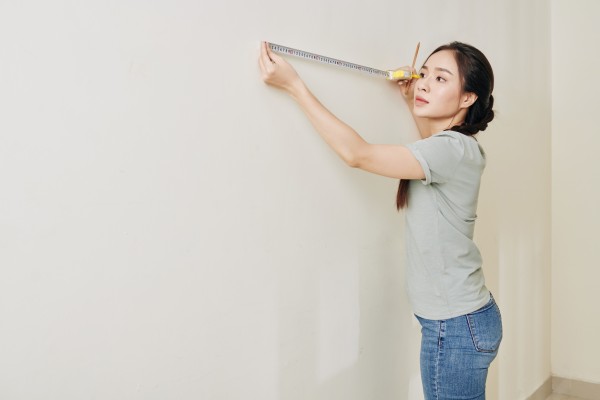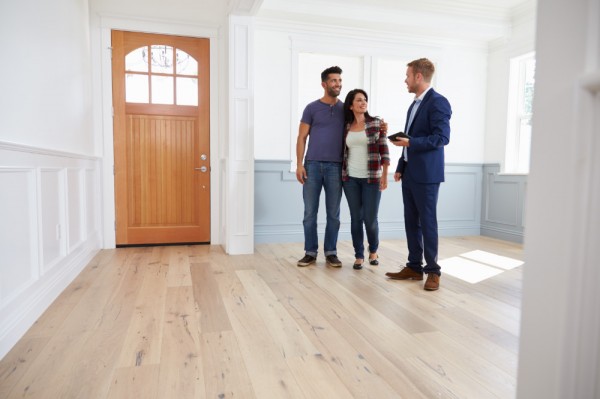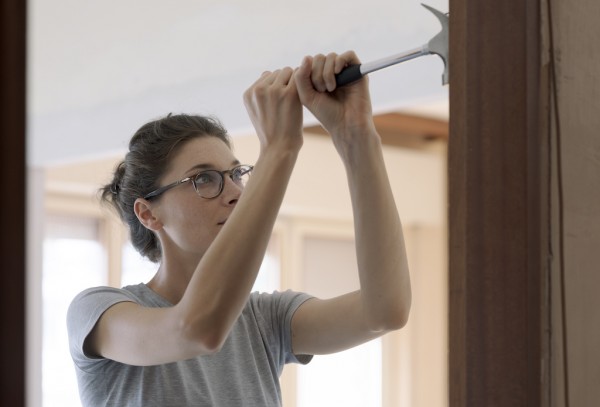HOW YOU CAN FINANCE YOUR HOME RENOVATION

Outdated kitchen. Overrun backyard. Unusable basement space. If you have a home renovation project on the mind, the first thing you have to consider is how you are going to finance it. Here are the most common options to make your dreams become a reality.
Cash. Paying in cash is the most straightforward financing option, just save until you have enough money to cover the expenses. This will help eliminate spending outside your budget; however, it can also extend your timeline.
Mortgage Refinance. If you’ve been making payments on your home for a few years and your interest rate is higher than current market rates, you may be eligible for a mortgage refinance, reducing your payments and freeing up some money.
Cash-Out Refinance. You can tap into your home equity and borrow up to 80 percent of your home’s value to pay off your current mortgage plus take out more cash to cover the renovations. This option is encouraged only when you’re making improvements that will increase the value of your home, as it can add a lot of interest and fees.
Home Equity. Getting a home equity line of credit allows you to borrow money against the value of your home. You receive usually up to 80 percent of your home’s value, minus the amount of your loan.
Retirement Funds. Homeowners can consider pulling money from a 401K or IRA account, even though they aren’t specifically meant to cover a home renovation. This option might incur additional penalties or tax payments, but may be worth it when making improvements that will benefit them financially in the long run.





